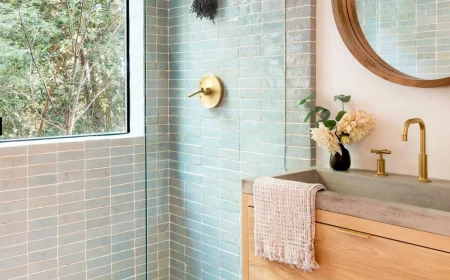Your Bathroom Doesn’t Have to Be a Plant Graveyard: A Real-Talk Guide
I’ve spent years helping folks with their indoor plants, and I’ve seen it all. But there’s one room that consistently trips people up: the bathroom. The story is always the same. Someone brings home a gorgeous fern, gives it a prime spot on the vanity, and a month later, it’s a crispy, brown tragedy. Or they tuck a cute succulent onto a shelf in a windowless powder room, only to watch it stretch into a pale, ghostly version of itself.
In this article
So many people see their bathroom as a place where plants go to die. But honestly, it doesn’t have to be that way.
Here’s the secret: a bathroom can be a plant paradise. The problem isn’t the room; it’s putting the wrong plant in the wrong spot. The key to success is to stop thinking like a decorator and start thinking a bit more like a plant detective. It’s all about matching a plant’s needs to your bathroom’s specific light, humidity, and airflow. Get that combo right, and your plants won’t just survive—they’ll absolutely flourish.
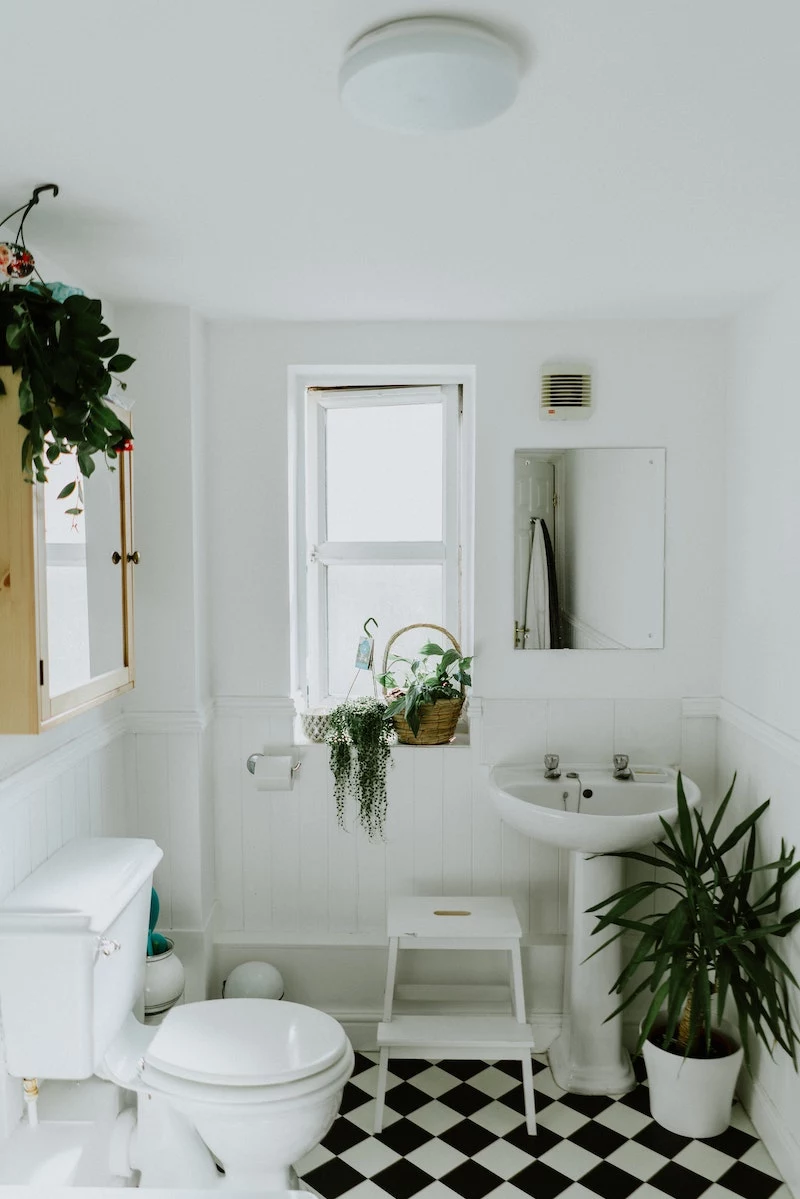
And just so we’re clear, this isn’t about finding some mythical “unkillable” plant. (Spoiler: those don’t exist.) This is about sharing the same practical knowledge I give my own clients. We’ll break down what’s really going on in your bathroom and figure out which plants are solid choices and which are just wishful thinking.
First, Let’s Figure Out Your Bathroom’s Vibe
Before you even dream of heading to the garden center, you have to be a realist about your space. A huge primary bath with a sunny, south-facing window is a completely different world from a tiny, windowless guest bath. These three things are what truly matter.
Humidity: The Good News
Humidity is just the amount of water vapor in the air. When you take a hot shower, the humidity in your bathroom can spike to over 90%, which is basically a mini-rainforest. It turns out, many of our favorite houseplants—the ones that come from tropical jungles—absolutely love this. They’re used to living under a thick canopy of trees in damp air.
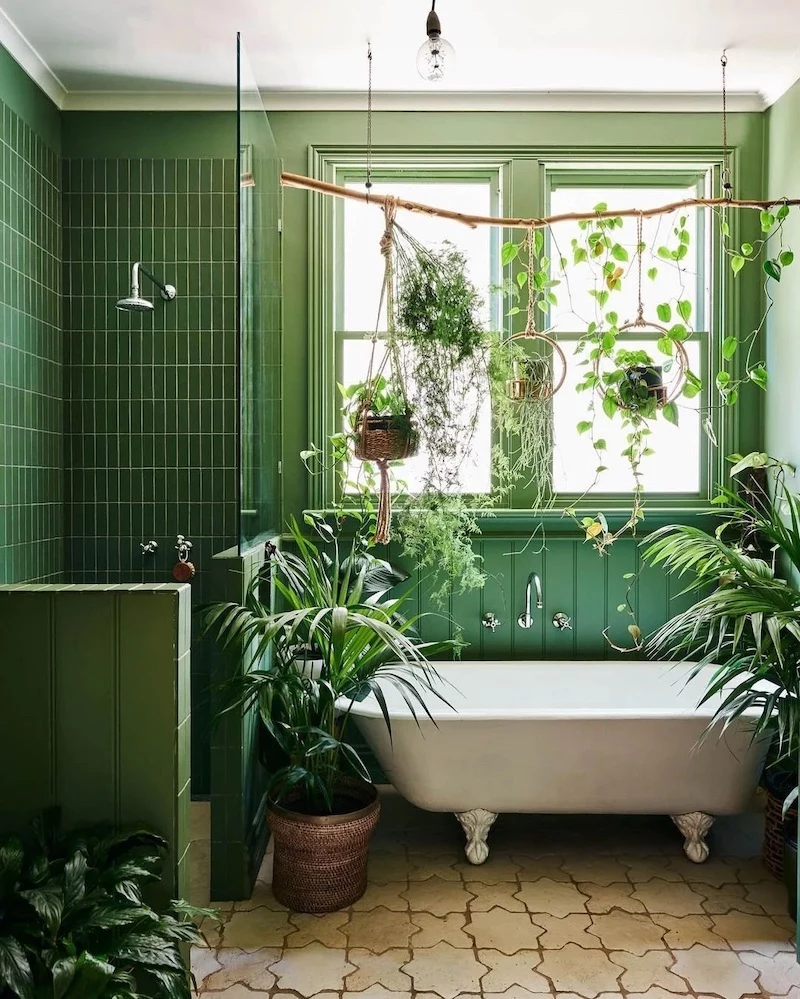
This high humidity is a huge plus because it slows down transpiration—that’s the process where a plant loses water through its leaves. In a dry living room, a plant has to work much harder to stay hydrated. In a steamy bathroom, the air is already full of moisture, so the plant gets to hold onto its own water for longer. This is why you see fewer crispy, brown leaf edges. It’s the very reason a fern that struggles in the rest of the house can look incredible near a shower.
Light: The Hard Truth
Okay, let’s be real. Light is a plant’s food. End of story. And “low-light tolerant” is probably the most misunderstood phrase in the plant world. It definitely does not mean “no-light tolerant.” No plant can live forever in the dark; they need light to make energy through photosynthesis.
So, what actually counts as low light? Here’s a simple test I always recommend: During the brightest part of the day, go into your bathroom and try to read a book without turning on a light. If you can read comfortably, you probably have enough ambient light for a true low-light plant. This is pretty typical for a bathroom with a small, north-facing window or one with frosted glass.
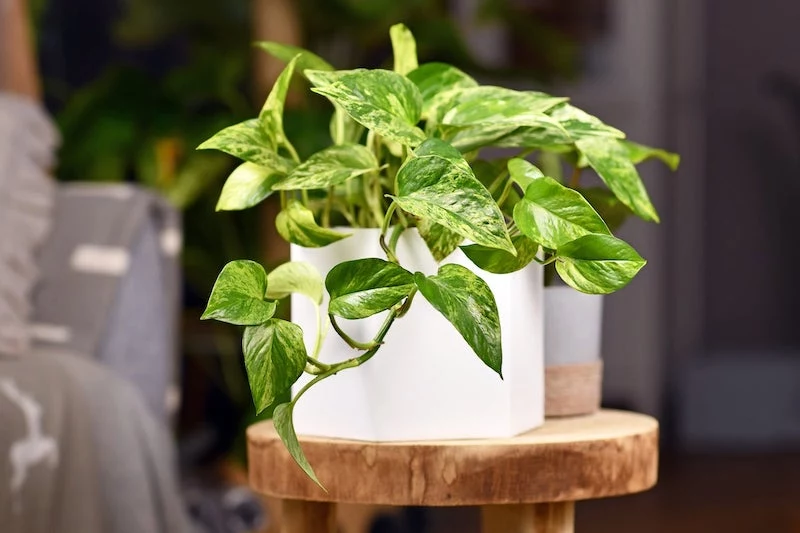
Heads up! If your bathroom has zero windows, it’s not a permanent home for any living plant unless you add supplemental lighting. I’ve seen so many people try to make it work, but the plant is basically starving to death in slow motion. We’ll get to a couple of workarounds for this later, but it’s a critical point to accept from the start.
Airflow: The Forgotten Factor
This is the one everyone forgets. A steamy, closed-off room is a breeding ground for bad stuff. All that wonderful humidity without any air movement can lead to fungal issues like powdery mildew on your plant’s leaves. Worse, it means the top of the soil stays wet for a long, long time, which is an open invitation for annoying fungus gnats and the ultimate plant-killer: root rot.
An exhaust fan that you actually run for 15-20 minutes after a shower is perfect. It clears out the super-dense steam but leaves a nice, humid vibe. No fan? No problem. Just crack the door or a window for about an hour. Good airflow is what separates a healthy, tropical oasis from a stagnant, swampy mess.
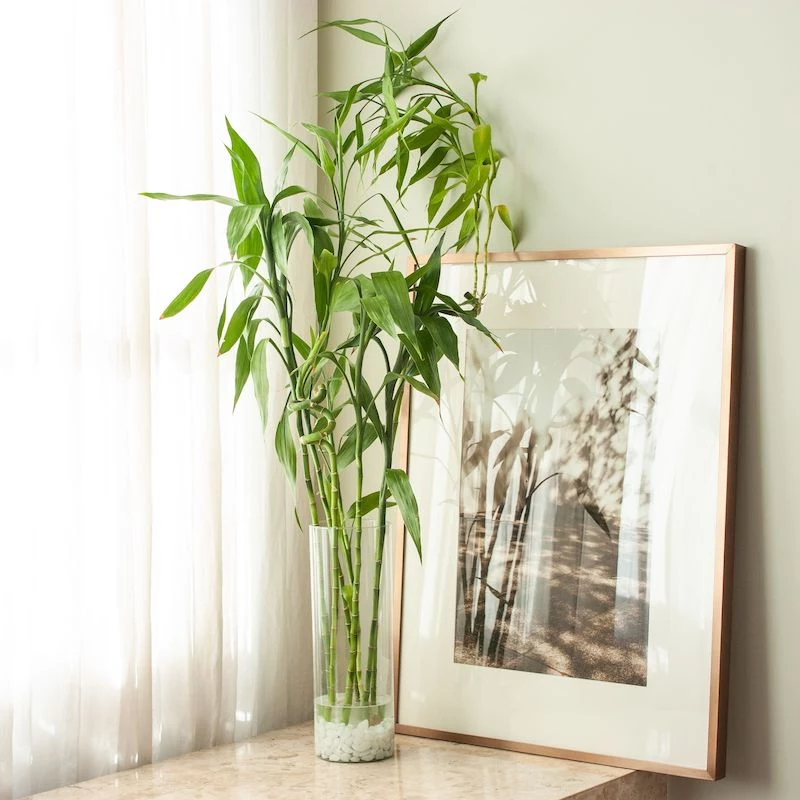
Choosing the Right Plant (and How to Actually Care for It)
Once you’ve got an honest assessment of your space, you can start the fun part. Here are some popular choices, along with the insider tips on how to make them work.
For Low Light & Total Neglect: The ZZ Plant
If someone tells me they have a dim corner and a bad memory for watering, this is my go-to. The ZZ Plant (Zamioculcas zamiifolia) is a champ. Its waxy, dark green leaves look almost fake, and it’s built to be ignored. Its secret weapon is its rhizomes—lumpy, potato-like things in the soil that store a ridiculous amount of water. You can forget to water it for a month, and it’ll be just fine.
Pro Insight: The absolute #1 way people kill a ZZ is by overwatering. In a humid, low-light bathroom, you might only need to water this plant every 6 to 8 weeks. I’m serious. The soil needs to be completely, totally dry before you even think about it. And yes, it really does tolerate low light. It won’t grow much, but it’ll look great. It’s a much safer bet than a snake plant for the darkest spots.
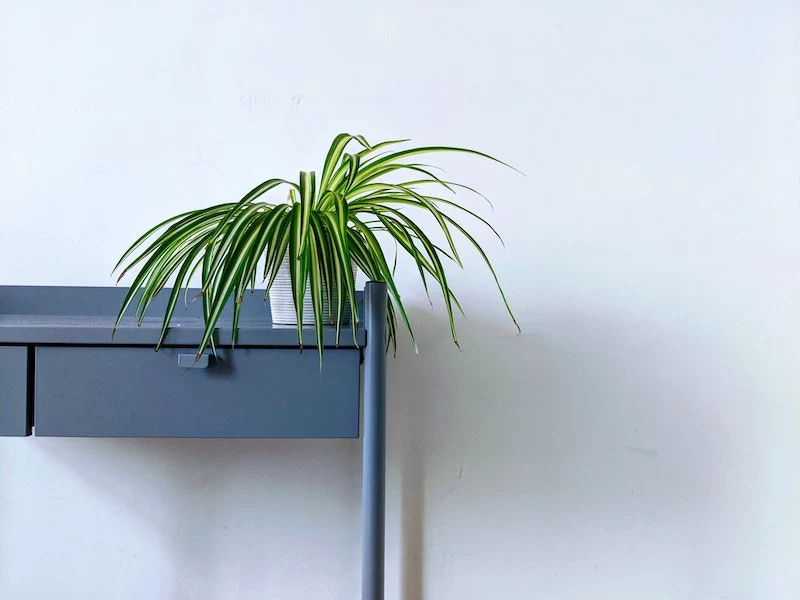
The Details: A small one in a 4-inch pot usually costs between $15 and $25 at a local nursery or big-box store. And good news: it’s not a pet magnet, but it is toxic if chewed, so keep it away from nibblers.
The Easiest Trailing Plant: Golden Pothos
Ah, the classic Pothos (Epipremnum aureum). It’s popular for a reason—it’s tough, it tells you when it’s thirsty by drooping a little, and it looks amazing on a shelf or in a hanging basket. The bathroom humidity will keep its heart-shaped leaves feeling soft and looking vibrant.
Pro Insight: Watch out for the fancy versions. A standard Golden Pothos with yellow streaks is great for low-to-medium light. But the ones with a lot of white or cream coloring, like a ‘Marble Queen’, have less green stuff (chlorophyll) to make food. They need brighter, indirect light to keep their cool patterns. In a dark bathroom, they’ll often revert to solid green to survive. Also, a quick tip: If you just let the vines grow, the top can get a little bare. Every few months, trim the vines back by about a third. This encourages the plant to get bushier and fuller at the base.

Safety Warning: Pothos is toxic to cats and dogs if they eat it. Make sure it’s hanging high or on a shelf well out of reach of curious pets.
The Classic with a Water Quirk: Spider Plant
The Spider Plant (Chlorophytum comosum) is another old-school favorite that’s a great match for a bathroom’s humidity. They’re fun to have around because they shoot out little baby plantlets (“spiders”) that are super easy to propagate. They’re also not too fussy about light.
Pro Insight: A common complaint I hear is about those brown, crispy leaf tips. Everyone blames low humidity, but it’s usually a reaction to the minerals in your tap water, especially fluoride and chlorine. Spider plants are really sensitive to it. Here’s my favorite free trick: Switch to distilled water, or just let your tap water sit out on the counter for 24 hours before you use it. This allows some of the chlorine to evaporate. If you’re doing that in a humid bathroom and still get brown tips, it’s almost definitely your water.
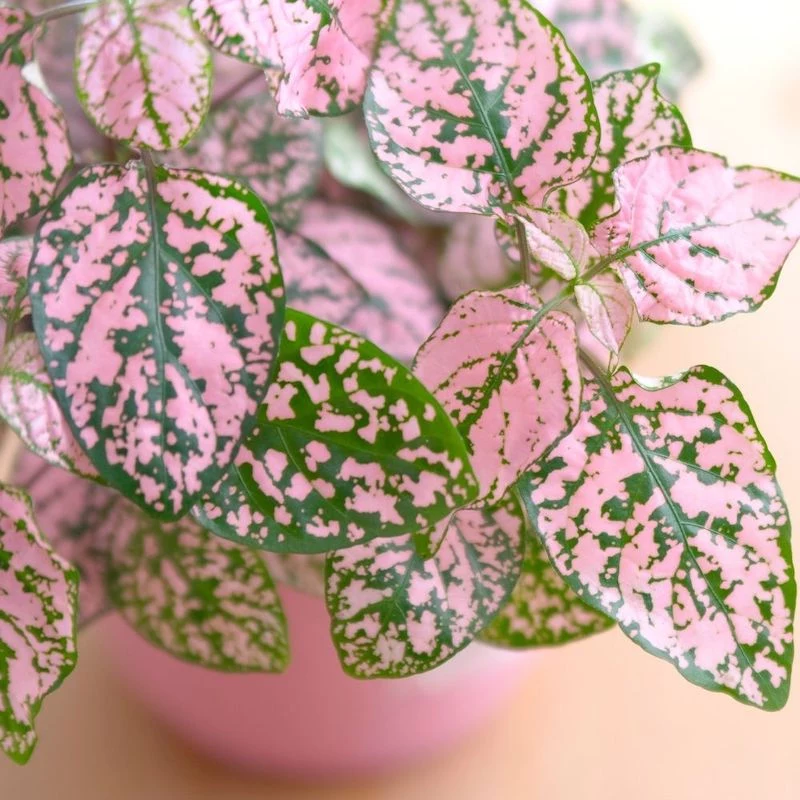
The Humidity-Lover That’s a Bit Needy: Ferns
Ferns (Nephrolepis exaltata or Adiantum) are the poster child for bathroom plants. They come from shady, damp forest floors, so a bathroom with a window is about as close to perfect as you can get. A Boston Fern gives you that lush, jungle vibe, while a Maidenhair Fern is incredibly delicate and beautiful.
Pro Insight: To be frank, while ferns love humidity, they are not low-maintenance. Their soil needs to stay evenly moist—not sopping wet, but never, ever dry. It’s a tricky balance. I have to confess, even I once killed a gorgeous Maidenhair fern. I went on a four-day trip and came back to a pot of crispy nothingness. Unlike a Boston Fern, once a Maidenhair’s fronds dry out, they’re gone for good. I only recommend these to people who genuinely enjoy the daily ritual of checking on their plants.
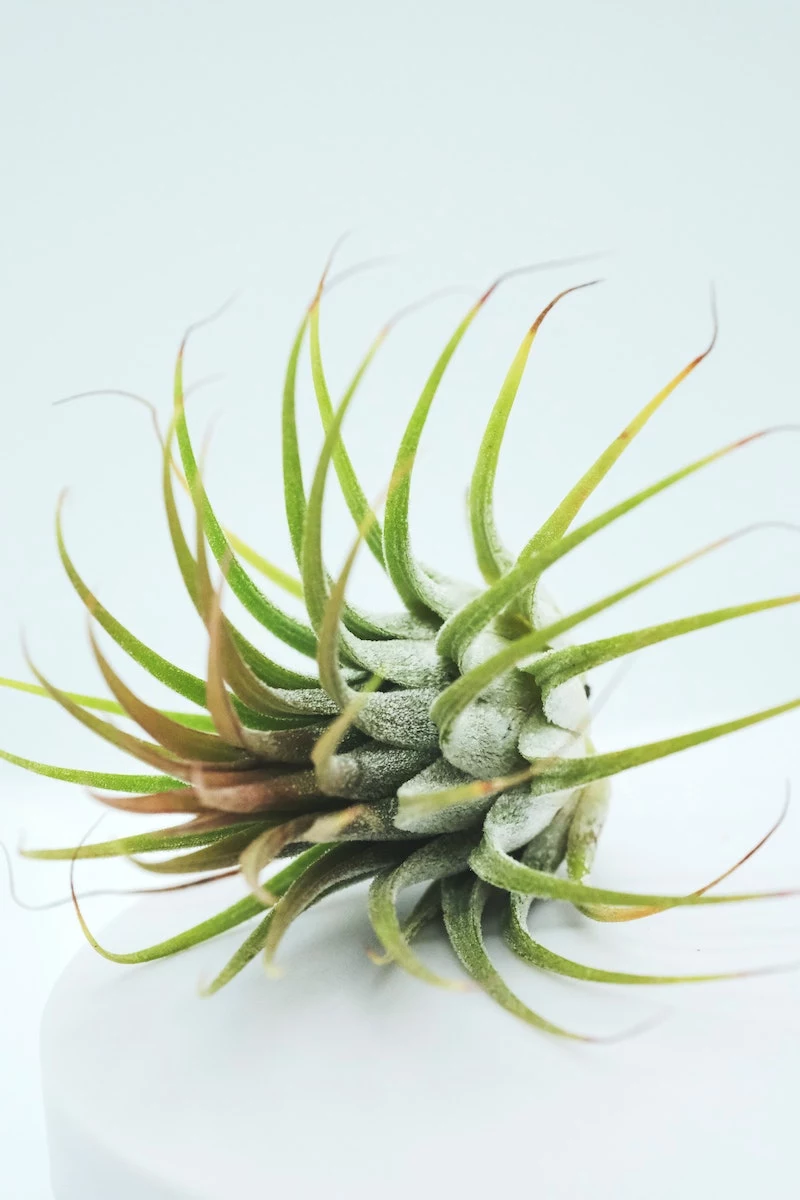
Placement Tip: The best spot is often on a stool or shelf a few feet away from the shower. This way, it gets the benefit of the steam without being blasted by hot water, and it can still get light from a nearby window.
The Flowering Option (with a Catch): Peace Lily
The Peace Lily (Spathiphyllum wallisii) is loved for its big, glossy leaves and those elegant white “flowers” (which are actually a special type of leaf). It really enjoys the extra humidity, which helps keep its leaves from getting brown tips.
Pro Insight: Here’s the trade-off I always explain. For a Peace Lily to actually bloom, it needs consistent, bright, indirect light. In a dim bathroom, it will probably survive just fine as a foliage plant, but don’t expect any of those iconic white spathes. You need a bright window for that. They’re also total drama queens. When a Peace Lily is thirsty, it will collapse in a heap, looking completely dead. Don’t panic! A good soak will have it perked up and looking perfect again in a few hours. Just be aware it’s also toxic to pets.
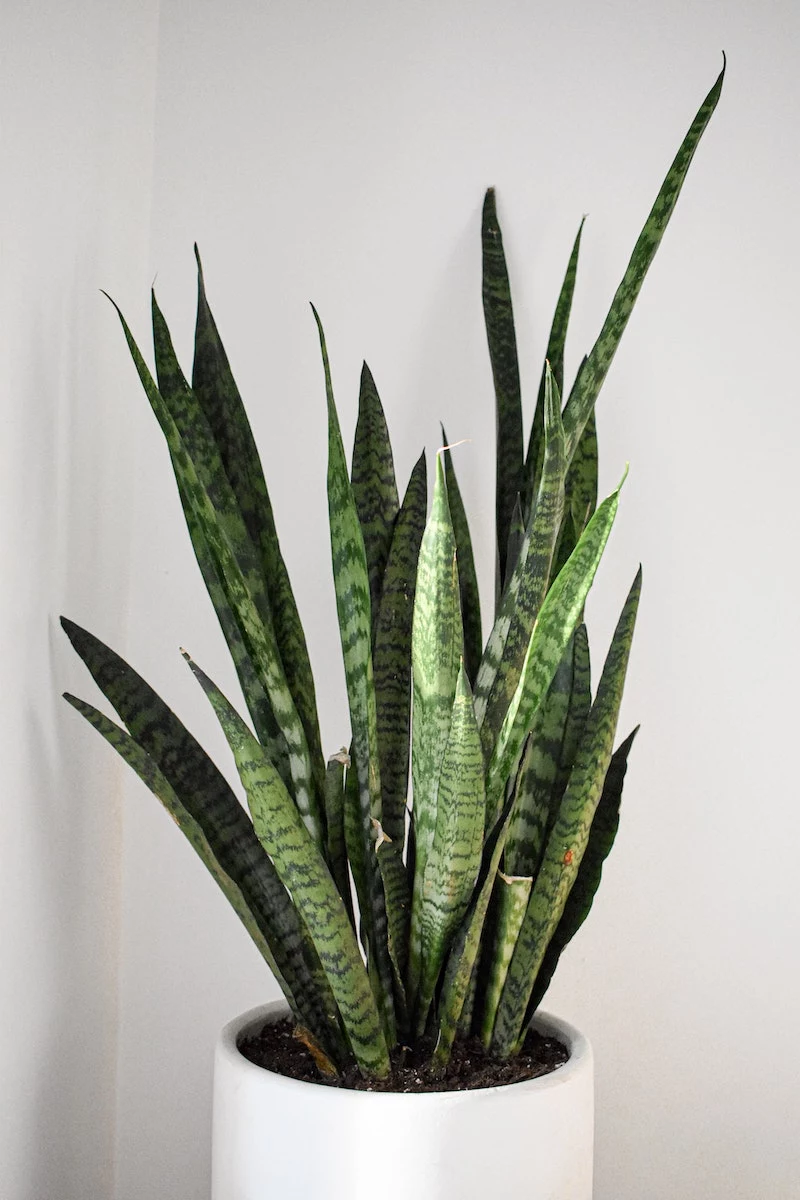
Let’s Talk Gear and Pro-Level Solutions
Mastering the basics is great, but a few simple upgrades can make all the difference.
What to Do in a Windowless Bathroom
Like I said, no plant can live in the dark. But if you’re set on it, you have two solid options.
1. The Lighting Solution: This is the best way. You can buy a full-spectrum LED grow light bulb that fits in a normal light socket. Look for trusted brands like Sansi or GE; you can find them on Amazon or at hardware stores. Get a bulb that’s at least 9-15 watts with a color temperature around 4000K-6500K (this gives off a clean, natural-looking white light). Pop it into a fixture right above your plant and plug it into a simple outlet timer, setting it for 12-14 hours a day. Problem solved.
2. The Plant Swap: This method is free, but it takes discipline. You buy two identical low-light plants (two ZZs work great for this). One lives in the dark bathroom for a week, while its twin “recharges” in a bright, sunny spot elsewhere in your home. Every Sunday, you swap them. It’s a bit of work, but it’s a legit way to keep a plant healthy in an impossible spot.
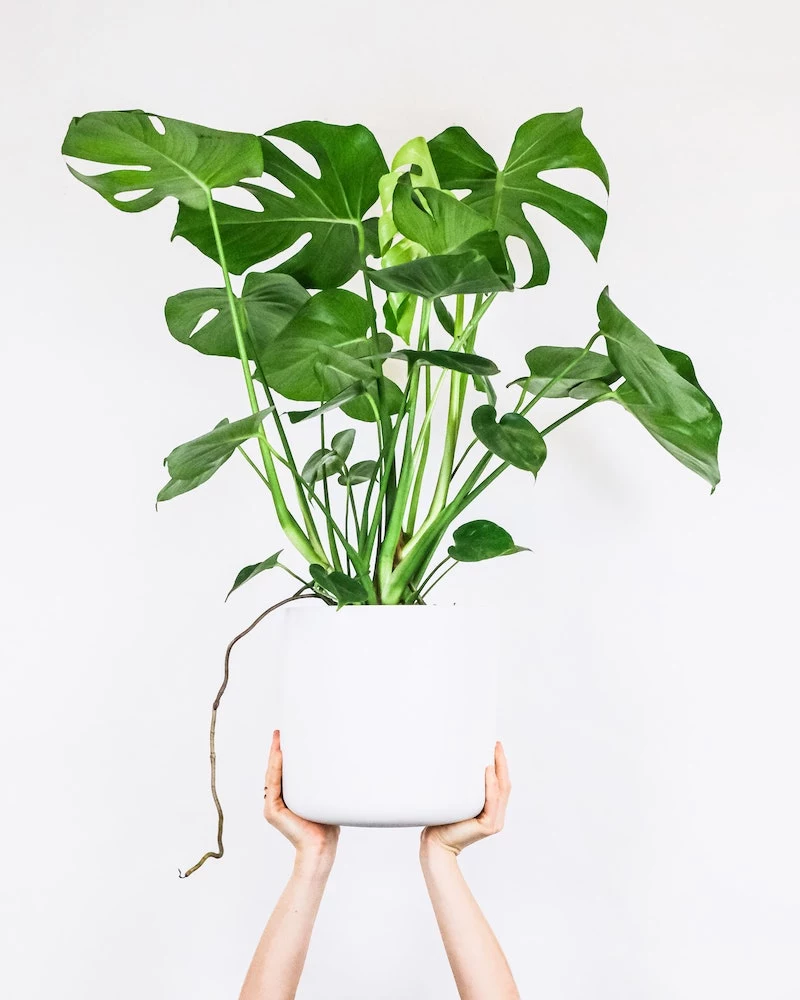
Why Your Pot and Soil Matter SO Much
In a humid room where things dry slowly, using the right soil is non-negotiable. Please, don’t use soil from your backyard. You need a sterile, chunky, well-draining potting mix. For most bathroom plants, I recommend a simple DIY blend. Think of it like a recipe—use the same scoop for each ingredient:
- One part high-quality indoor potting mix
- One part perlite (those little white crunchy things, a bag costs about $5-$8)
- One part orchid bark
This mix creates air pockets, which helps water drain and prevents the soil from turning into a dense, soggy brick—the main cause of root rot.
And your pot MUST have a drainage hole. I can’t say this enough. If you find a beautiful decorative pot with no hole, use it as a “cachepot.” Just keep the plant in its cheap plastic nursery pot and set it inside the pretty one. When it’s time to water, take the inner pot out, bring it to the sink, and give it a thorough soak.
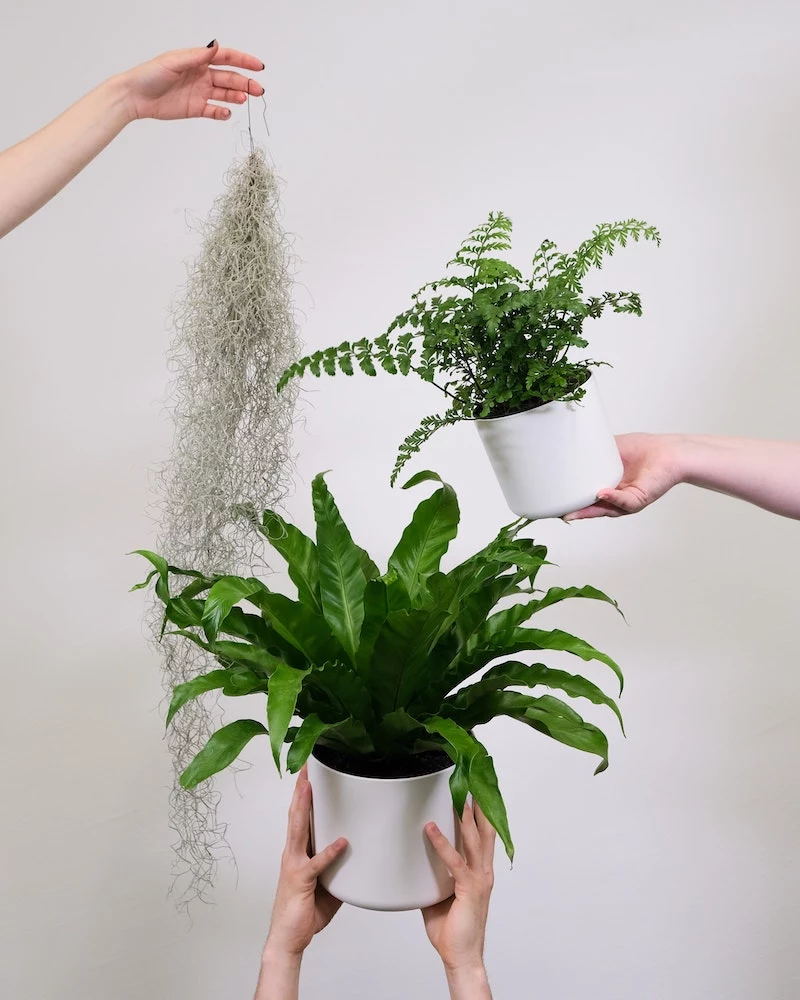
How to ‘Properly’ Water a Plant
When you hear “give it a good soak,” this is what it means. It’s easy:
- Take the plant (still in its pot with drainage holes!) to the sink or shower.
- Slowly pour water over the soil until it streams freely out of the bottom holes. Make sure you soak all the soil, not just one spot.
- Let it sit for 15-20 minutes to drain completely. No sitting in a puddle!
- Put it back in its spot. That’s it. You’ve just watered deeply and effectively.
Final Thoughts
Putting plants in your bathroom is an awesome project, but it’s about being observant. Look at your light. Feel the humidity after a shower. Check your airflow. Then, pick a plant whose natural habitat is a little bit like the room you can offer it.
And be realistic. That giant, trendy Monstera probably isn’t the best choice for a tiny powder room. A sun-loving succulent won’t be happy in a dim corner. Start with one or two plants that are a really good fit for your conditions and learn their rhythm.
Your turn! Go stand in your bathroom right now and do the “reading test.” Can you read a book easily without flipping on a switch? Let me know in the comments what you’ve got—low, medium, or bright light. Let’s figure out what your perfect bathroom plant is. And remember, every single plant expert has killed their fair share of plants. It’s not failure; it’s just learning.


